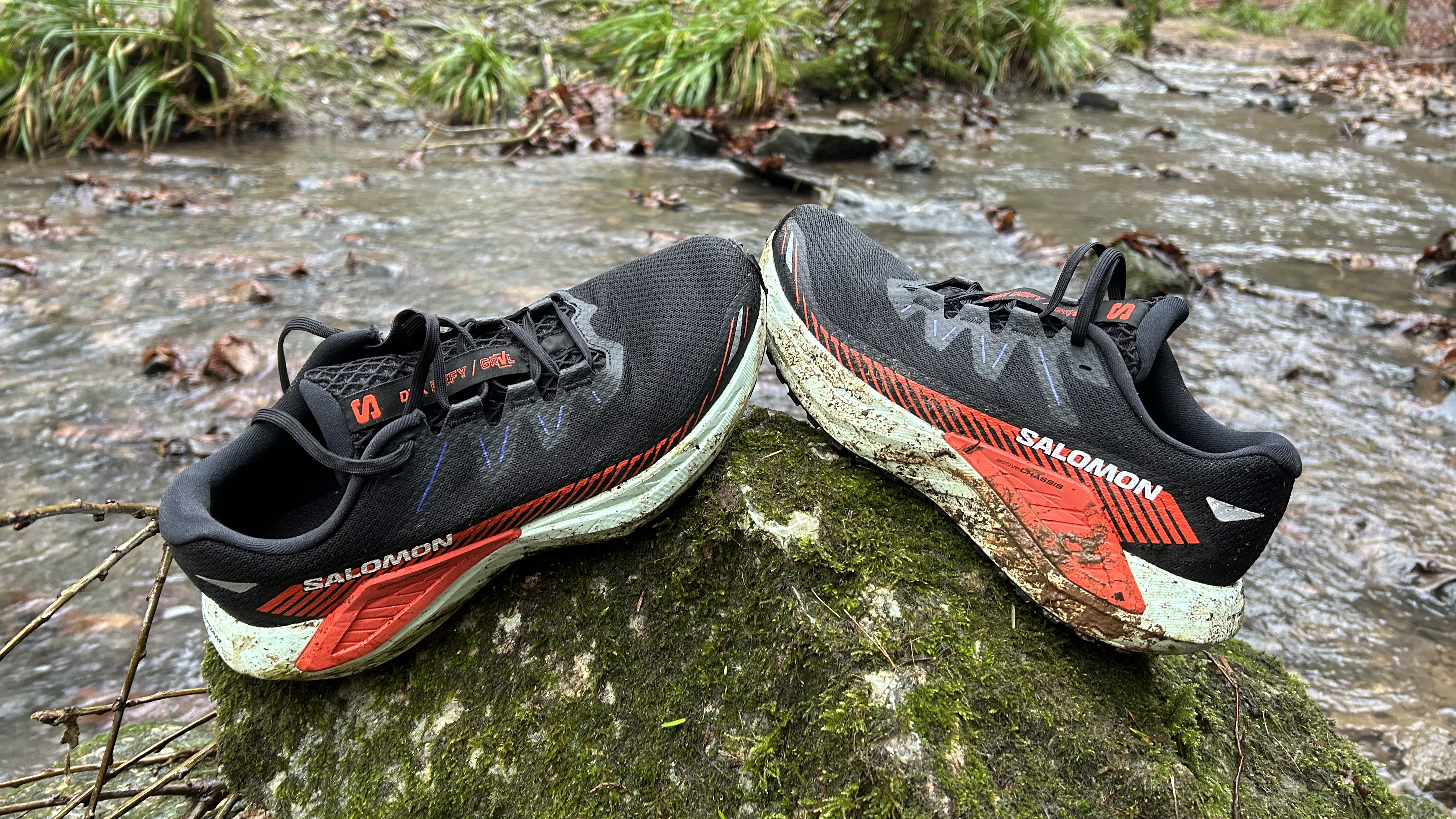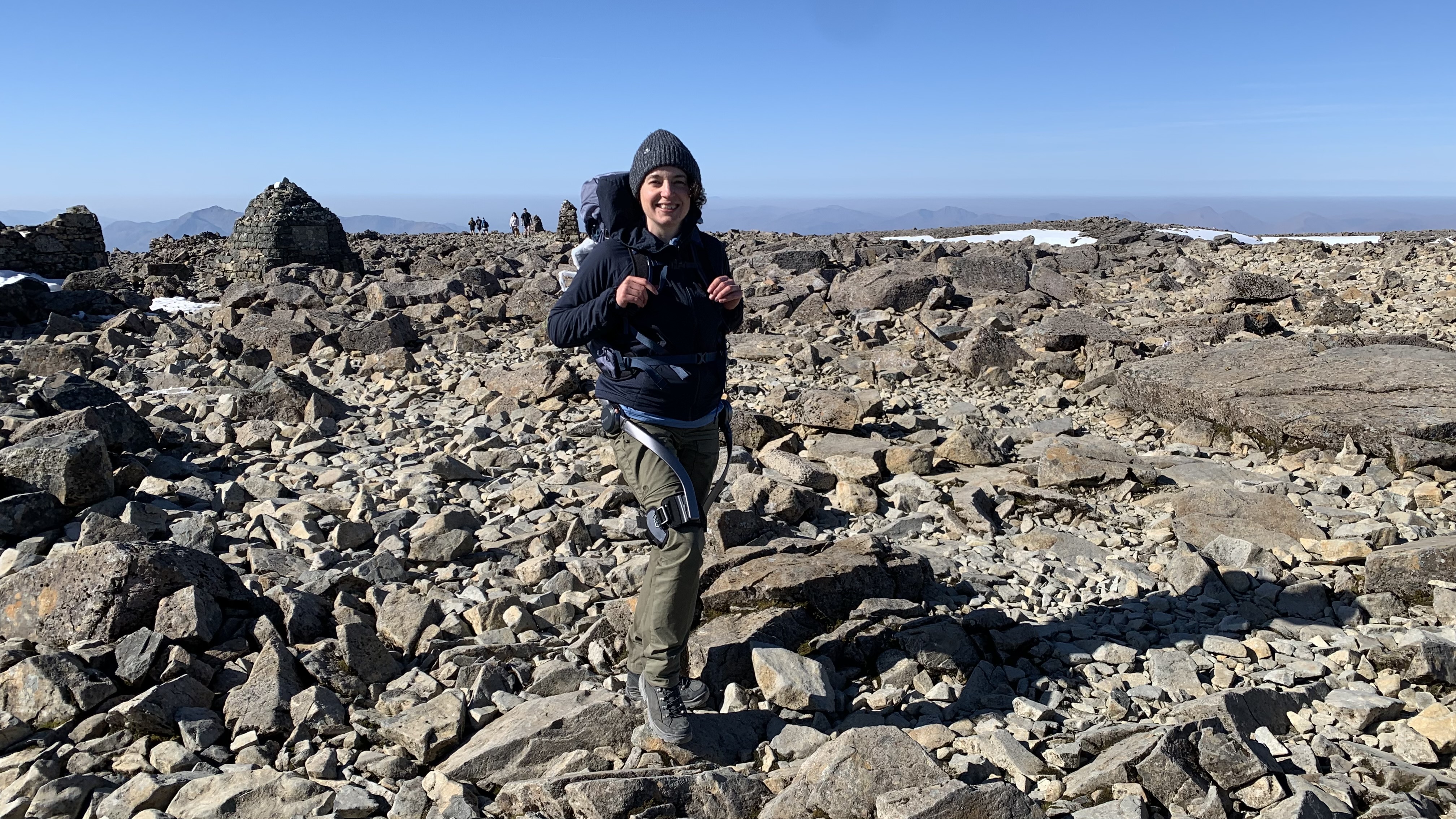Advnture Verdict
This lightweight shoe borrows bits from both trail and road running to create a hybrid that’s great fun to run in. You might think gravel running is a little bit niche but this is actually a highly versatile shoe that copes well on most surfaces, from asphalt right up to moderate trails. Sure, it struggles on mud, but it’s better on the road than a trail shoe and better on the trails than a road shoe. All in all, a handy hybrid for park runs, gravel tracks and for those who have to run the roads for a while to get to their trails.
Pros
- +
Relatively lightweight
- +
Suited to roads, gravel and easy trails
- +
Nicely propulsive
- +
Comfortable to wear on a range of surfaces
Cons
- -
Not enough grip for technical trails
- -
Sustainability credentials unclear
- -
Not as protective as some
You can trust Advnture
There are products for every niche. Take gravel cycling, a pursuit that has seen a great rise in popularity in recent years. Gravel bikes sit somewhere between a road bike and a mountain bike, providing more grip than the former, if not the rugged technical ability of the latter. Well, in the last few years, gravel running shoes have started to appear too. Like gravel bikes, they’re closer to their road conquering siblings. These are no luggy trail running shoes, though they do provide more grip on the rough stuff than a road shoe – making them an intriguing prospect for Parkruns, easy trails and the long stretches of gravel they’re primarily designed for.
All conquering French brand Salomon is better known for its trail footwear than its road runners, though they’re clearly keen to muscle in on the new gravel trend. I recently searched for “what is gravel running?” on Google and the first article that popped up a 'What is Gravel Running' blog post by… Salomon. It predictably paints gravel running as the happy medium between road and trail, a blended approach whereby you pound the asphalt before hitting the gravel of your local park.
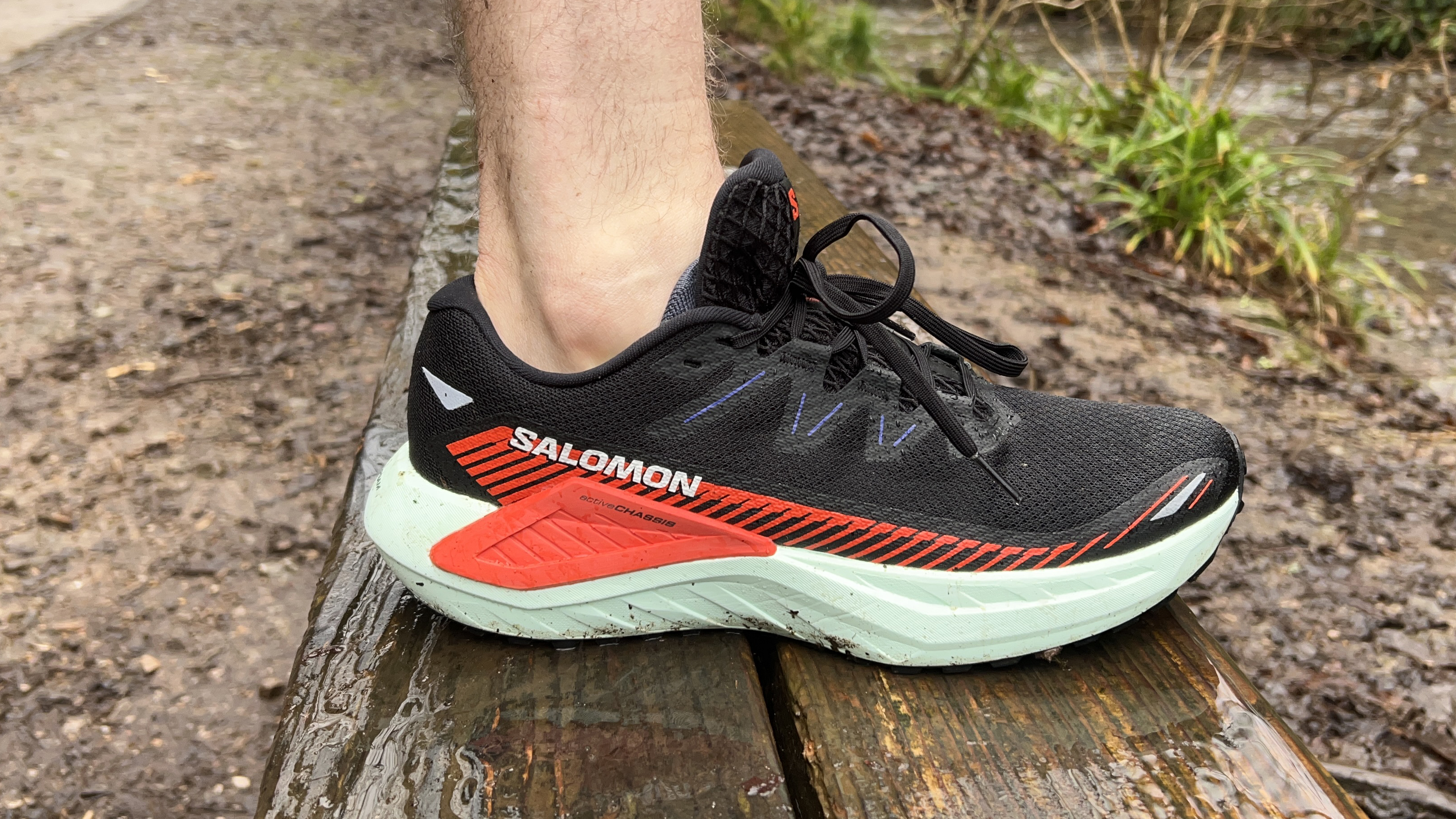
I was excited to be given the opportunity to test Salomon’s new DRX Defy GRVL shoe. I’m less and less of a road runner these days, preferring technical woodland trails and mountain ridges. However, my local area is home to plenty of gravelly potential – perhaps these would be the shoes that would satisfy my need to escape the roads while providing the sort of consistent speed training that’s difficult to achieve on rooty forest paths.
First impressions
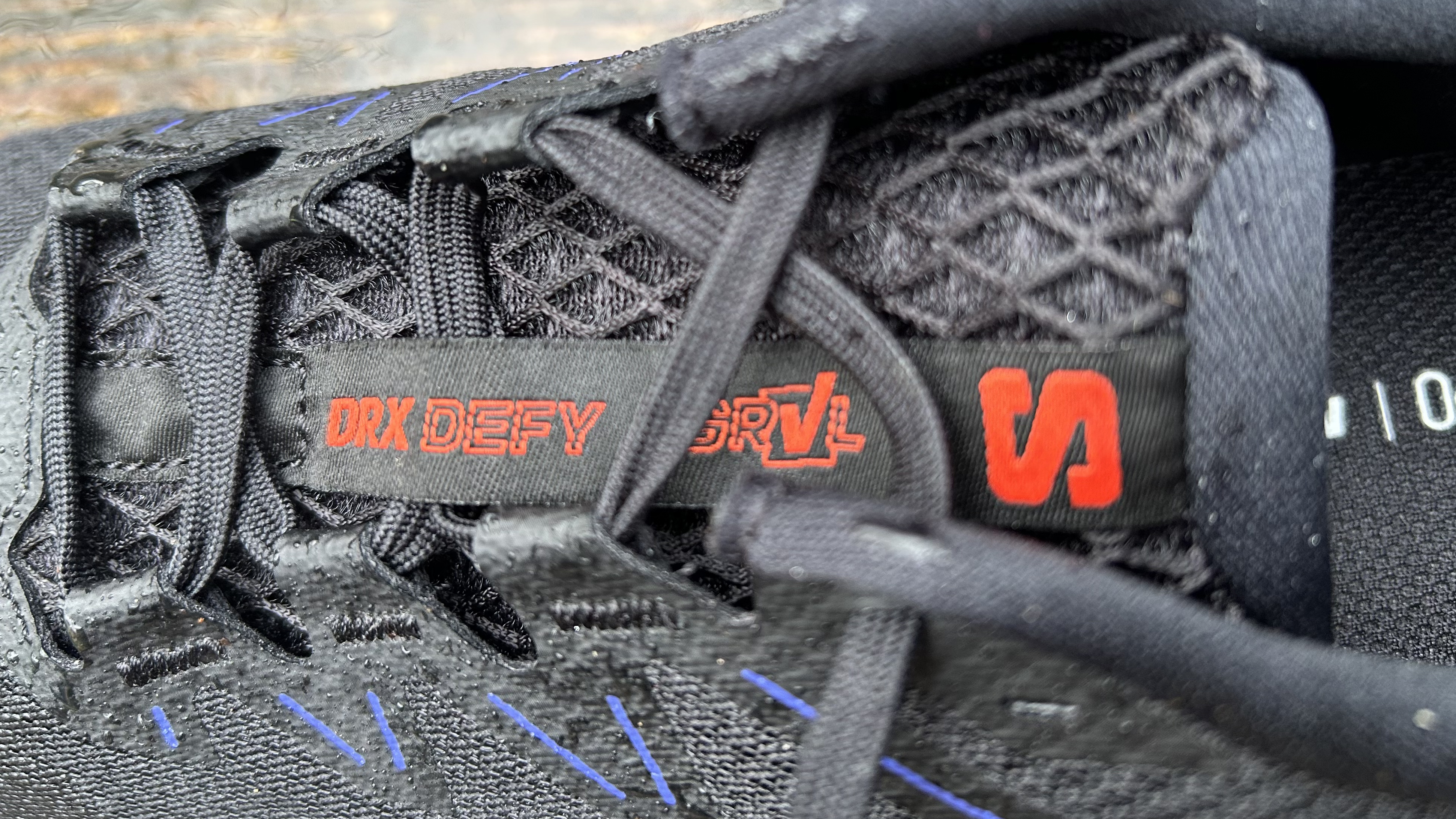
List price: $140 (US) / £125 (UK)
Weight (per shoe): 239g / 8.4oz
Drop: 8mm
Materials: Road Contagrip rubber outsole, EVA foam midsole, synthetic mesh upper
Colors: Black / Cherry Tomato / Bay, Smoke Green / Sea Moss / Canary Green (men’s); Black / Cherry Tomato / Bay, Canyon Clay / Ginger / Fired Brick (women’s)
Compatibility: Road, gravel and non-technical trails
From above and from the side, the DRX Defy GRVL looks like a road shoe, with a breathable mesh upper and a meaty, obviously cushioned midsole. However, the chevron-shaped lugs around the edges of its outsole bring to mind the Speedcross family, though here the aggression is markedly toned down. Weighing 239g (8.4 oz), they’re relatively lightweight, especially compared to most trail shoes.
Fit wise, there’s plenty of wriggle room in the toes, while the lacing system brings everything in tight around the midfoot. They’re quite comfortable and their low weight makes them feel fairly fast on the trails. I was looking forward to seeing how quick they’d be on the gravel trail through the heart of my beloved Henbury Gorge.
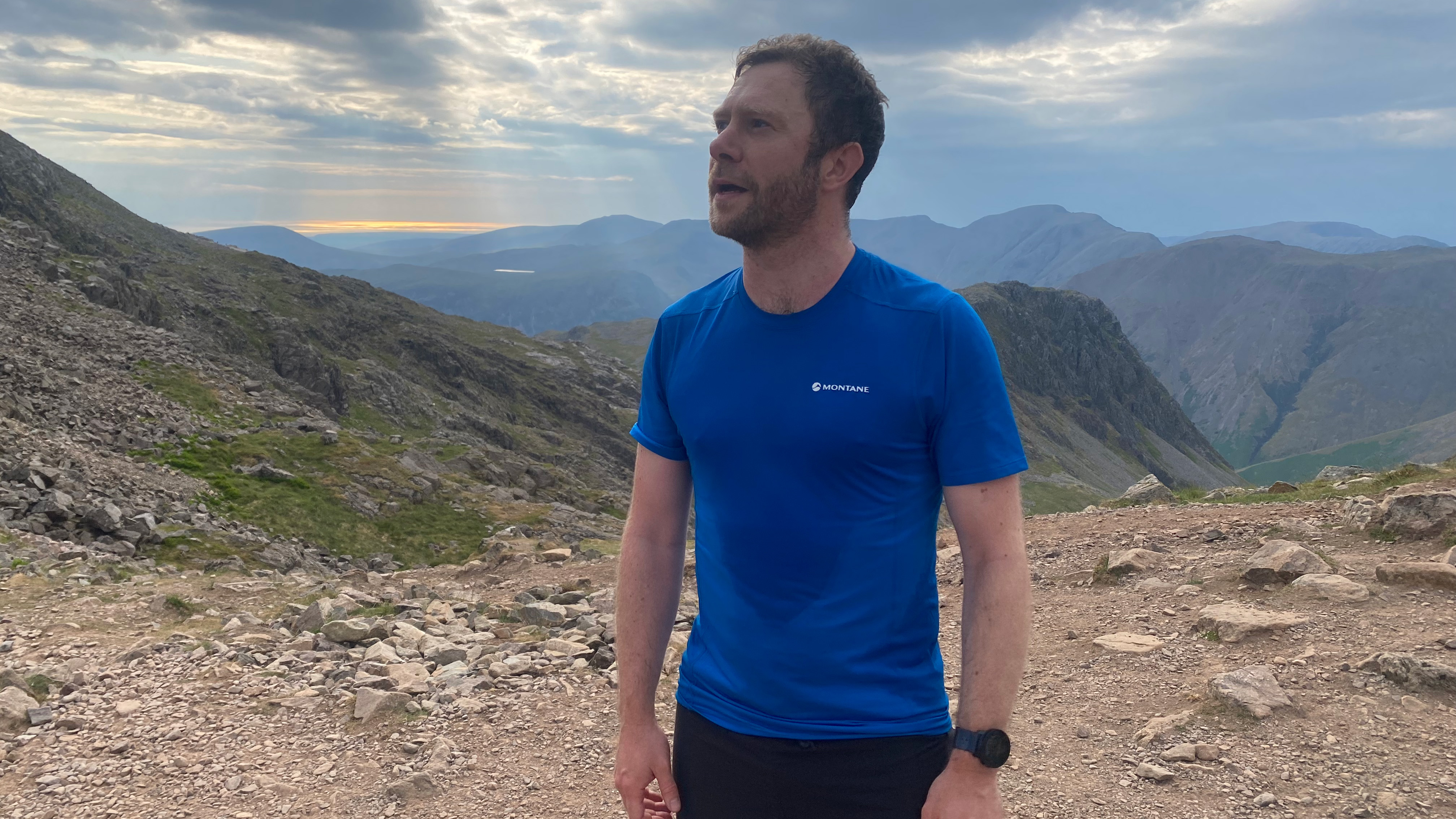
Alex is a qualified Mountain Leader who enjoys both hiking and running in the mountains of the UK and beyond. He’s an expert when it comes to outdoor footwear, having tested and reviewed many pairs of trail running shoes, as well as hiking shoes and boots.
Features
Breathability is key in a running shoe, which is why most feature a mesh upper, allowing moisture to escape. This isn’t a shoe designed for running through bogs or negotiating river crossings so, unlike some of the brand’s trail running shoes, there’s no waterproof Gore-Tex option.
Beneath the Salomon logo on the side of the shoe is text advertising its ActiveCHASSIS feature, providing structural support that leads to agility, balance and freedom of movement on the trail.
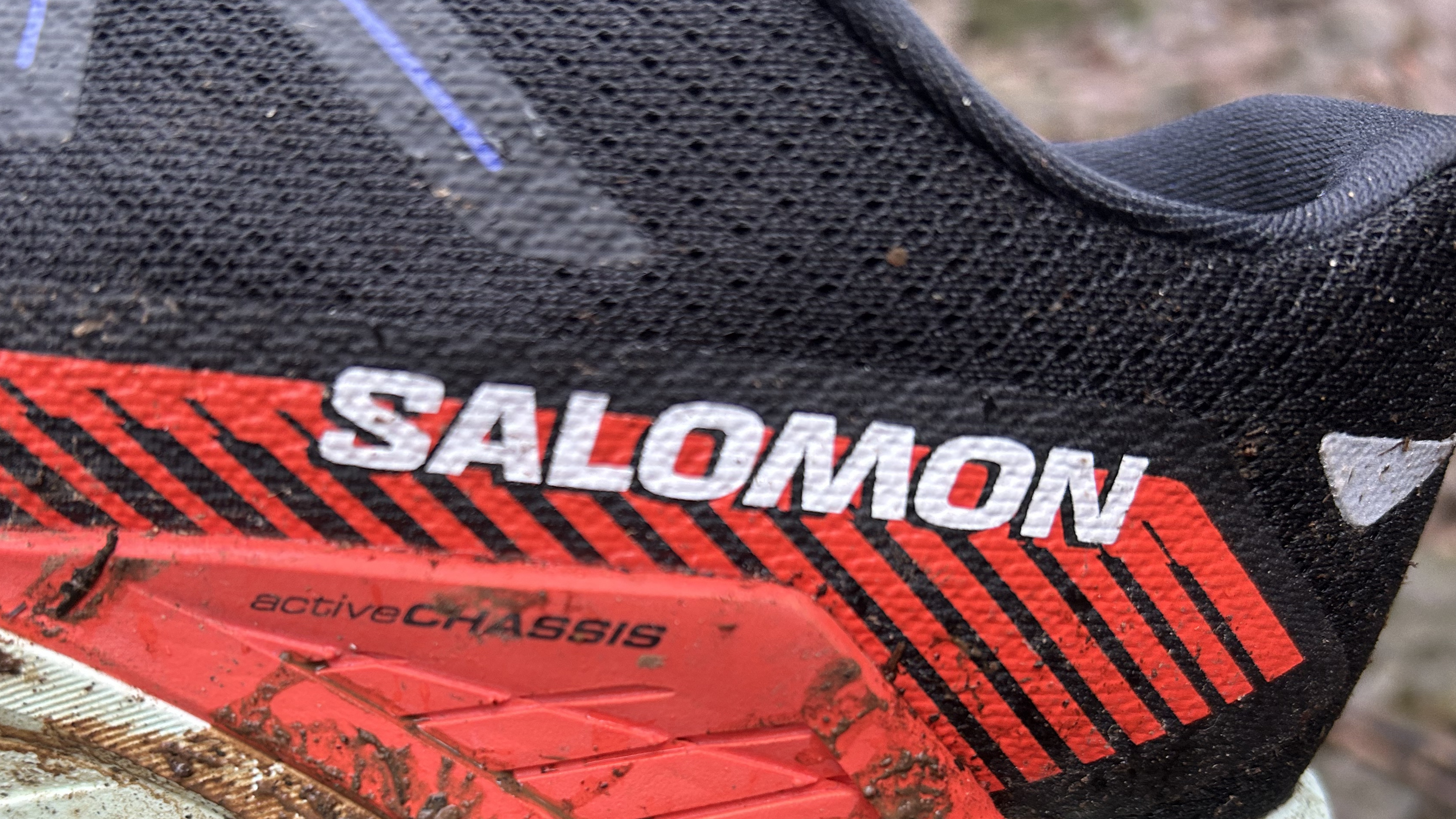
Salomon state a drop of 8mm, which will suit heel strikers best. There’s a moderate amount of cushioning in the EVA midsole, enough to provide comfort and propulsion but not so much that I felt like you’re running on a cloud. This cushioning is enhanced by the OrthoLite sockliner that's crafted from breathable fabrics that also bring additional durability to the party.
The outsole features Salomon’s Contagrip Road compound, which is resistant to abrasive surfaces and excels on asphalt. However, rather than the wide and flat ‘lugs’ seen on the brand’s standard road shoes, the chevron lugs have more in common with Salomon’s All Terrain or Mud Contragrip soles. These are designed to give better traction on soft surfaces than you’d get with road shoes.
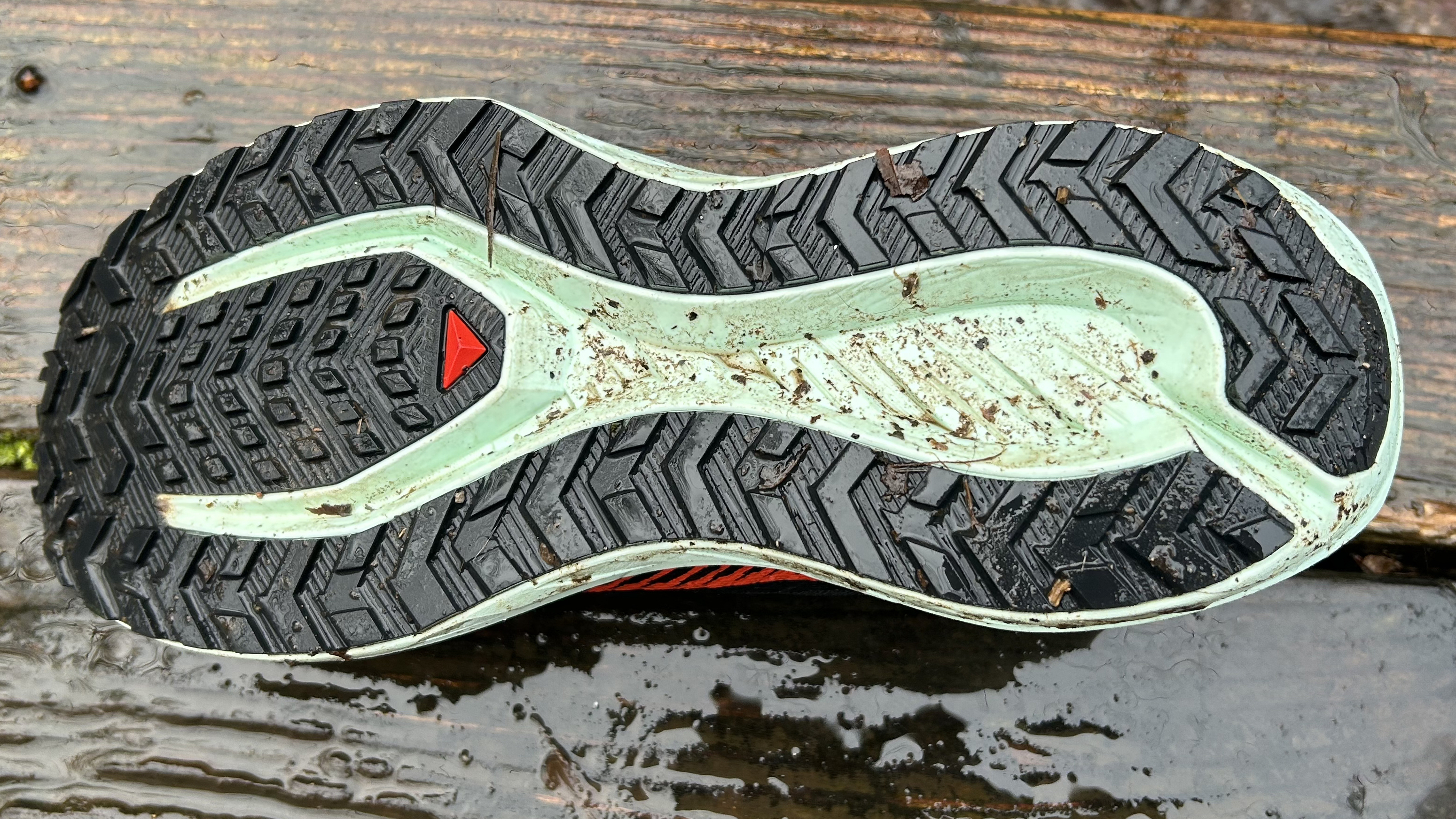
Of course, they’re nowhere near as deep or as aggressive as the lugs seen in the Speedcross or the Genesis, but they’re not a million miles off something like Salomon’s Sense Ride 5s, which are also recommended for park running.
Standard laces, rather than Salomon’s oft-used Quicklace system, enabled me to achieve a comfortable wrapped around fit that held my foot in place securely.
Salomon state that there are recycled materials present, repurposed from PET bottles or material waste, though it’s not clear what proportion of the shoe is made from these. Nor is there any detail on where these materials were sourced – this is the kind of information that brands taking a lead on sustainability provide these days. Salomon’s current Good on You (a fashion sustainability watchdog) is 3 out of 5, or ‘it’s a start’. They’ve got a little way to go to match Patagonia’s 4 out of 5 or Cotopaxi’s 5 out of 5 rating.
On the trails
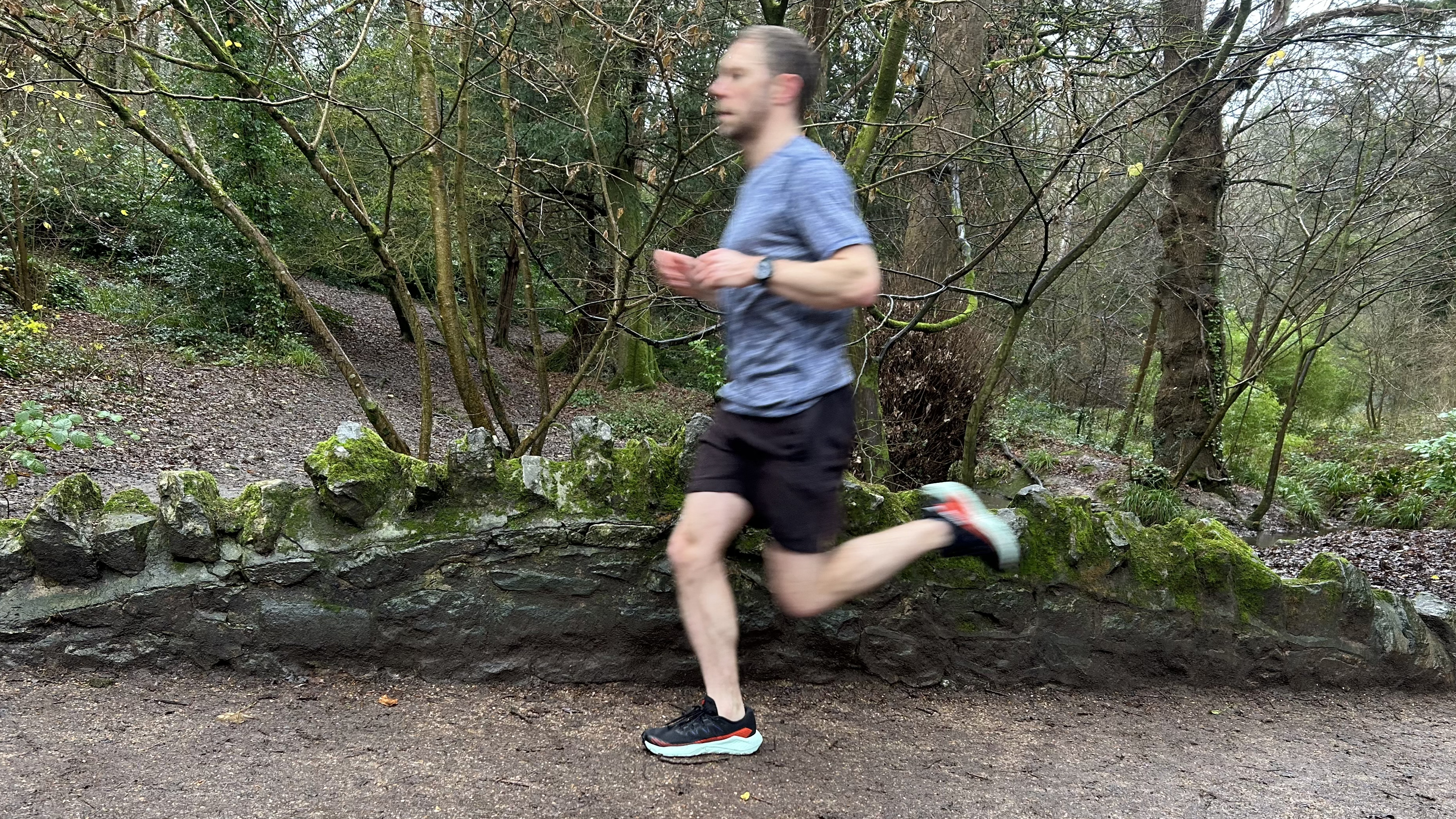
I’ve been testing the DRX Defy GRVL on the roads, gravel trails and more technical forest trails to see how its design coped with each surface. My usual runs involve a five-minute stretch alongside the roads to access the trails, so it was nice taking on these sections with a shoe that’s more at home on the tarmac.
I enjoyed the cushioned, propulsive running sensation while hitting the main gravel drive that runs through the heart of Bristol's Henbury Gorge. Over the last few years, I’d choose to take this path if it was getting dark or if I wanted to get home quickly, though I’d usually tackle it in my relatively minimal inov-8 X-Talons or Trailfly G 270s. Generally, the DRX Defy GRVLs were quicker, especially compared to the X-Talons.
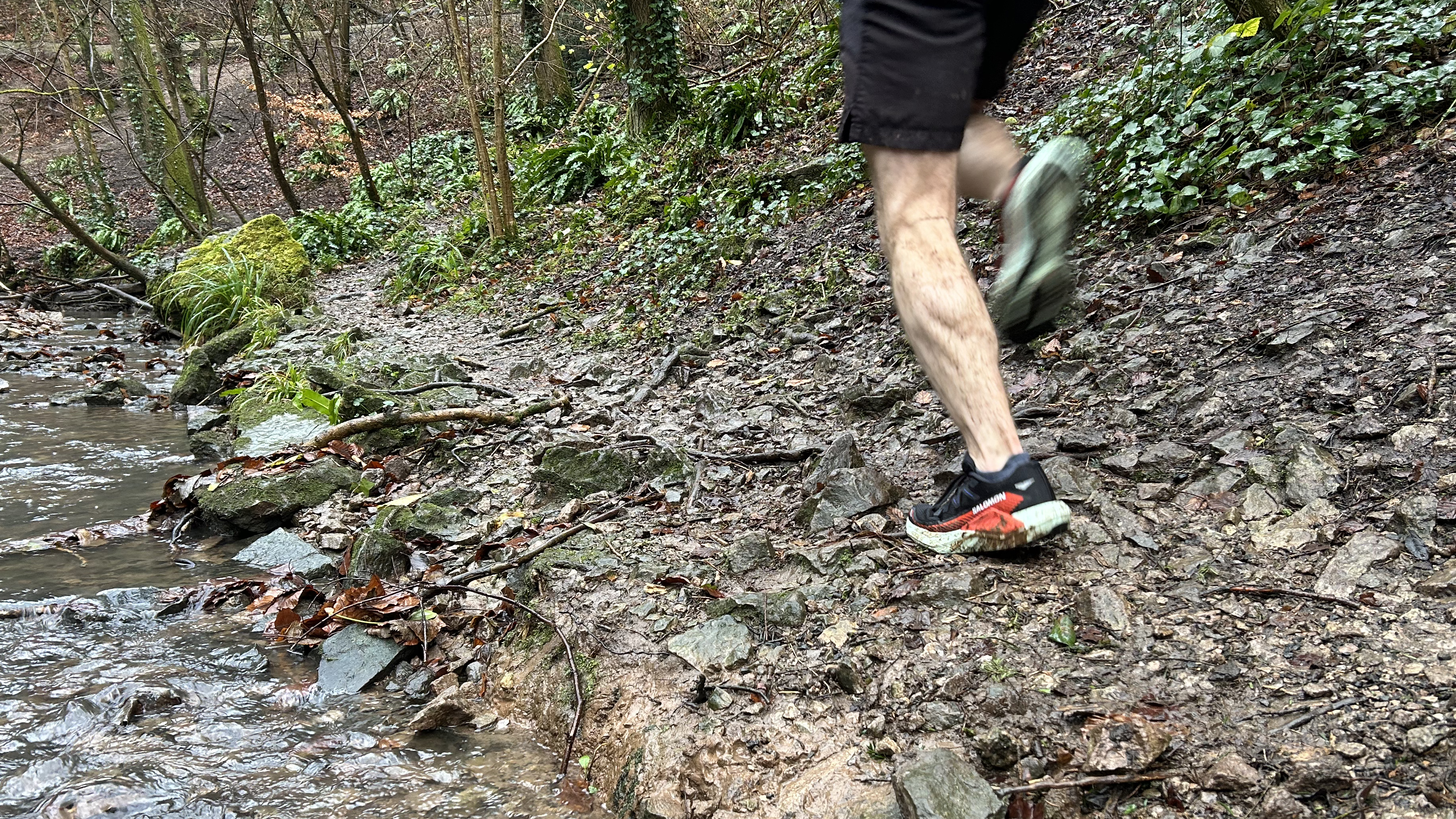
As expected, the relatively tame (for a trail running shoe) outsole didn’t inspire confidence on the slippery mud of my local woodland in December and January. This isn’t a criticism really, as I’d obviously pushed the shoes beyond the limits of what they are designed for. It’s not as though I’d lambast a road running shoe for not being able to cope here, so it seems unfair to do the same to a dedicated gravel shoe.
However, they held their own on the rockier trails and were generally fine on most soft ground. On the trickier terrain, I found myself slowing down more when changing direction, unable to fully trust that the modest lugs would hold.
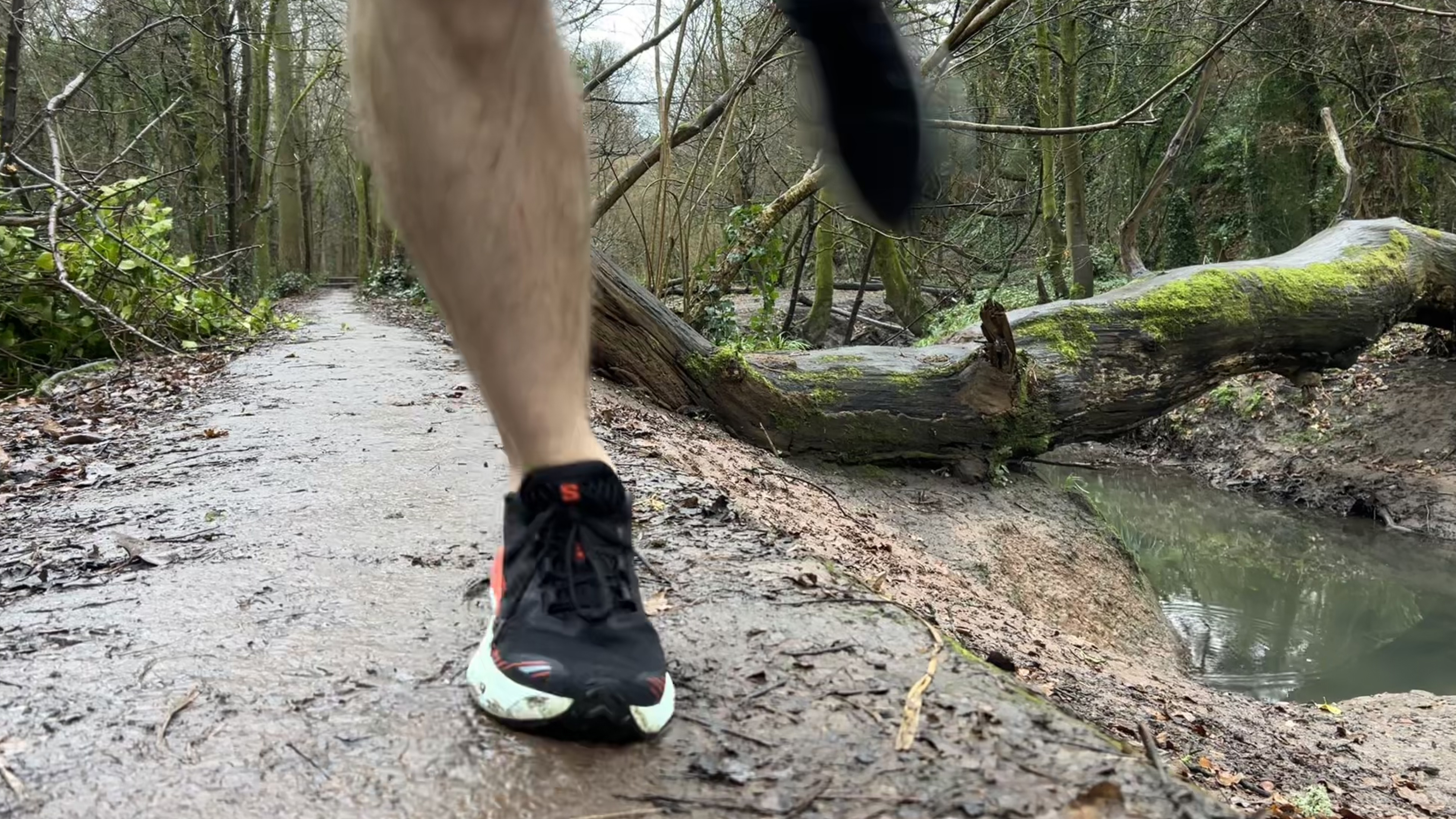
Despite the moderate cushioning, there was still at least some degree of trail feel. This was a bonus on rocky, rooty paths, enabling me to react to what was beneath my feet. I’ve run similar trails in shoes that are way too cushioned for my liking, but not so with the DRX Defy GRVL.
All in all, it's a versatile and capable shoe that should certainly appeal to park runners and those that mix road with easy trails.
Alex is a freelance adventure writer and mountain leader with an insatiable passion for the mountains. A Cumbrian born and bred, his native English Lake District has a special place in his heart, though he is at least equally happy in North Wales, the Scottish Highlands or the European Alps. Through his hiking, mountaineering, climbing and trail running adventures, Alex aims to inspire others to get outdoors. He's the former President of the London Mountaineering Club, is training to become a winter mountain leader, looking to finally finish bagging all the Wainwright fells of the Lake District and is always keen to head to the 4,000-meter peaks of the Alps. www.alexfoxfield.com
